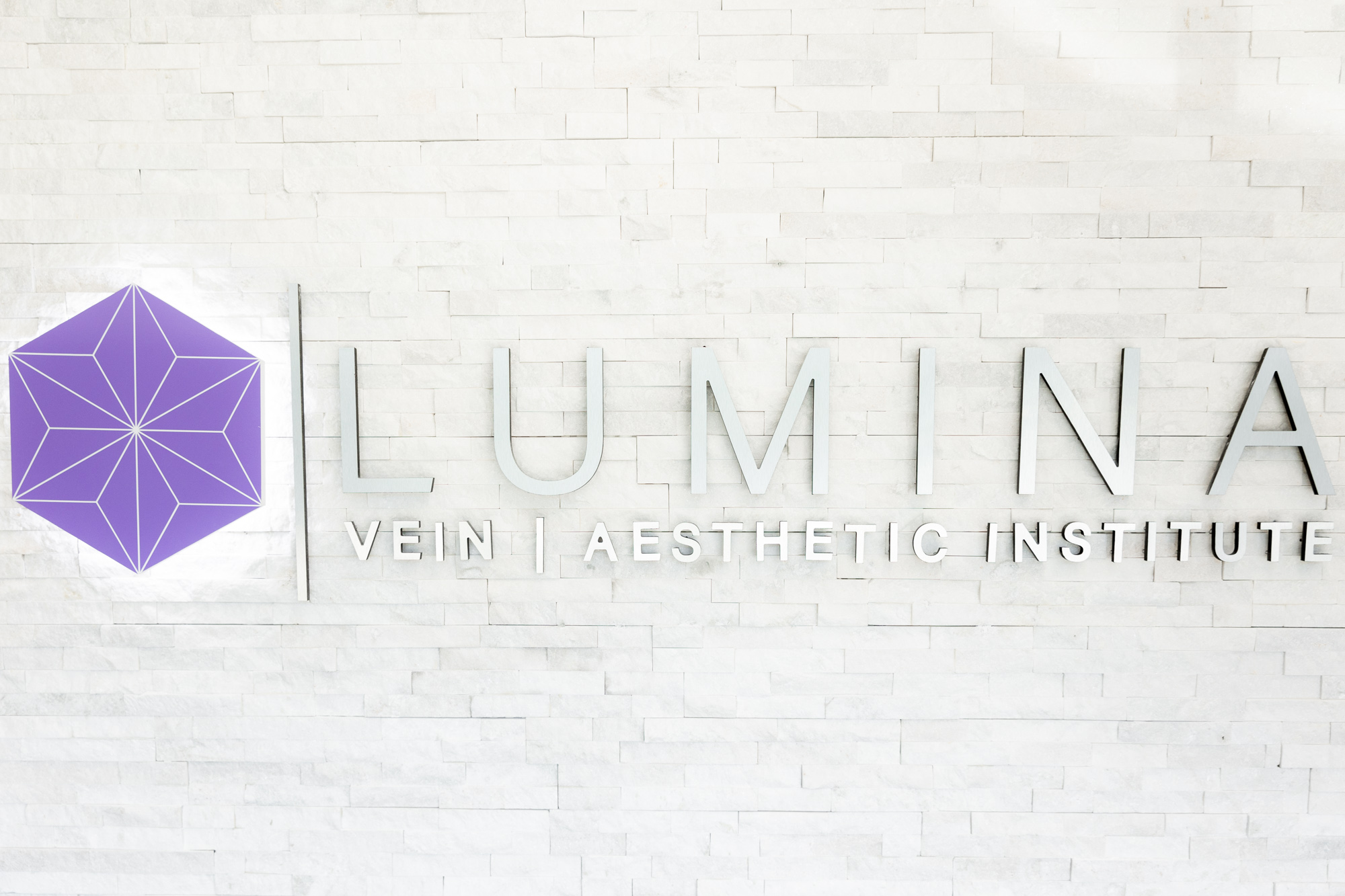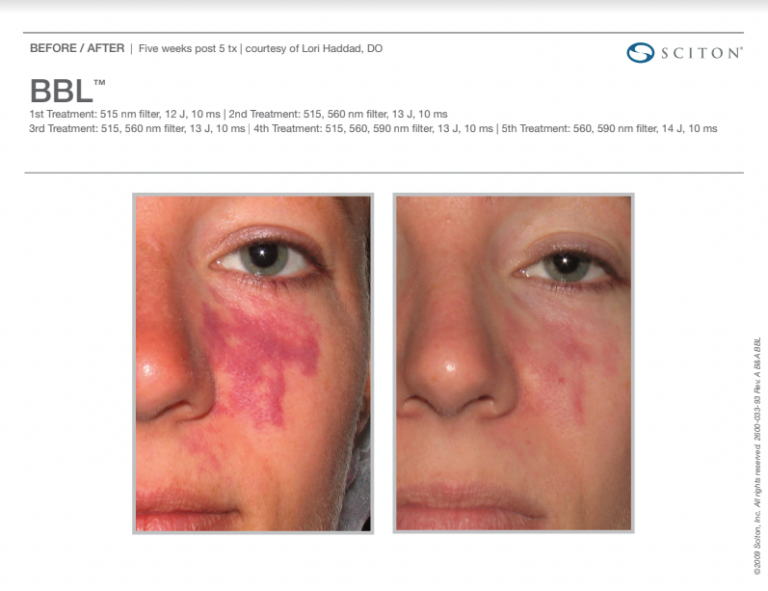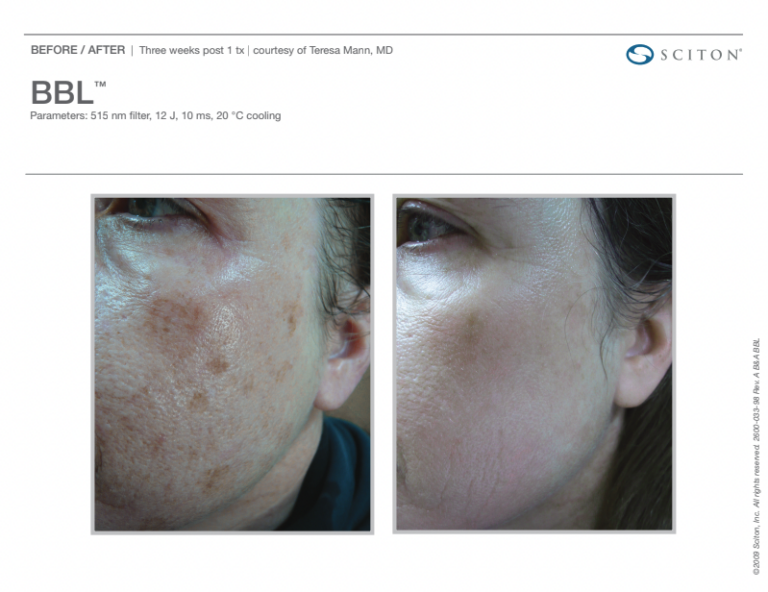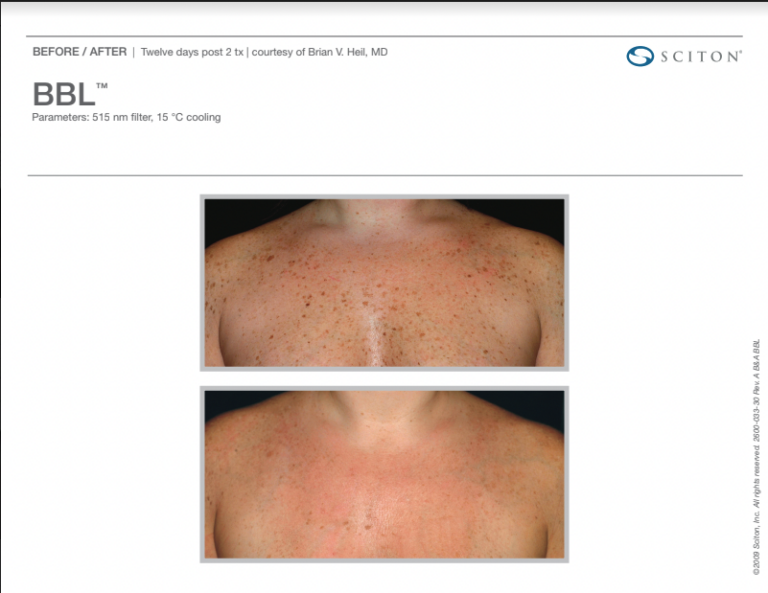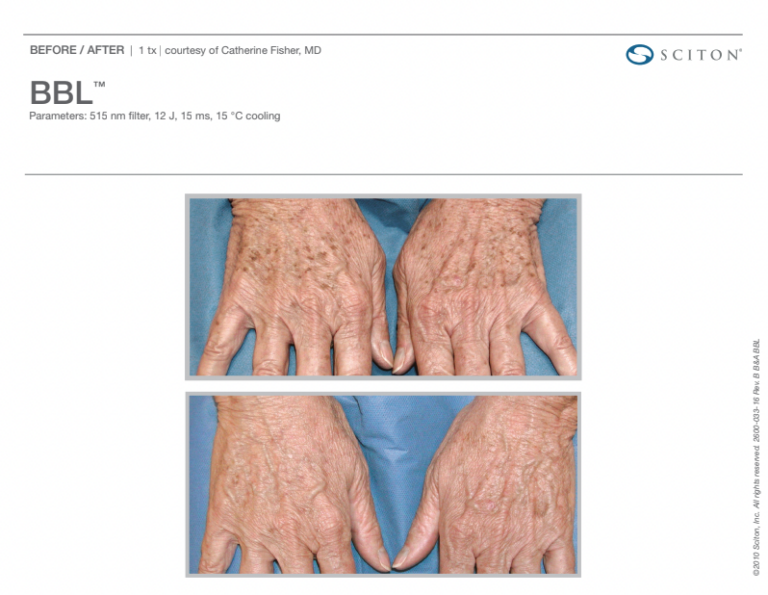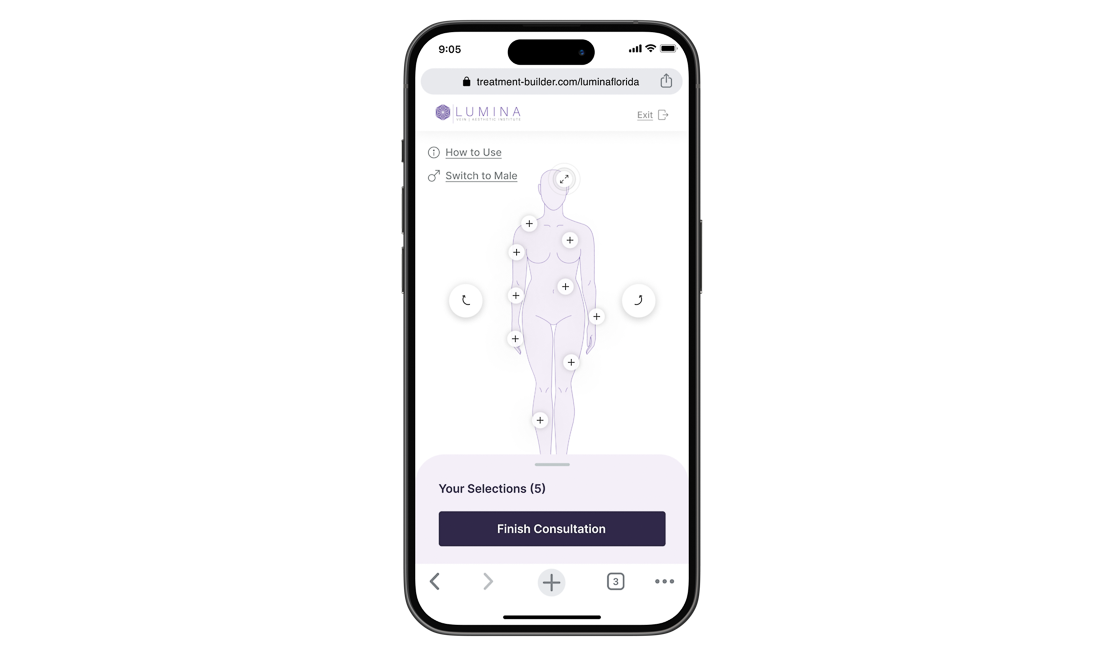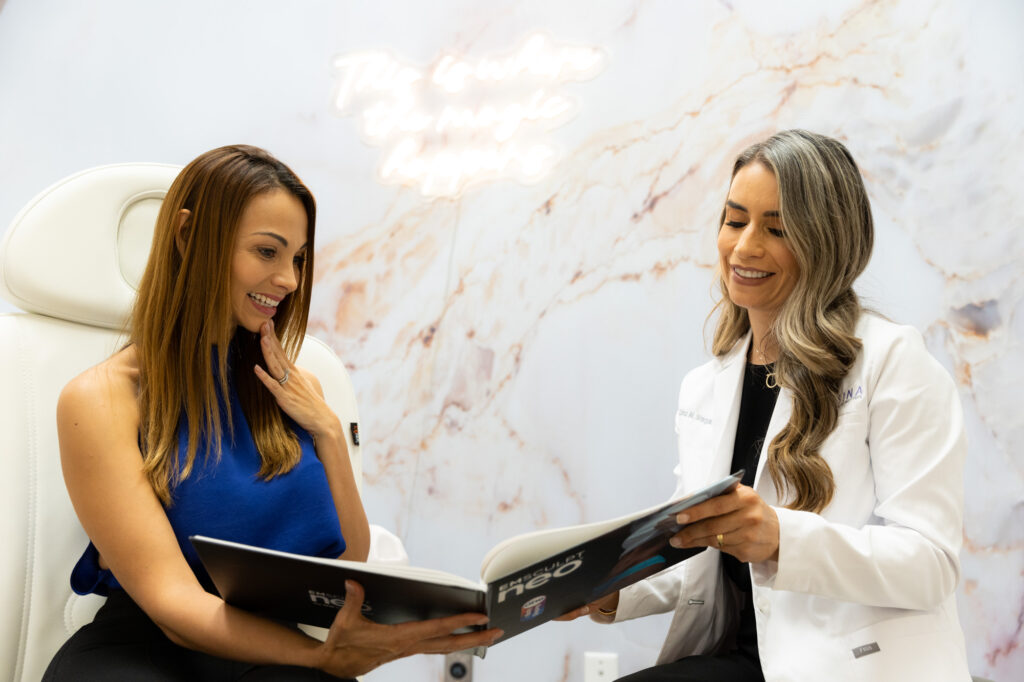Sclerotherapy in Windermere
Tackle Spider Veins with Sclerotherapy in Windermere
Spider veins, also known as telangiectasia, appear as a collection of small, colored veins right beneath the skin’s surface. They’re typically blue, purple, or red, and their patterns often resemble a cobweb, hence the name. Spider veins are, in short, damaged veins. They usually form when the valves that control blow flow in your veins weaken.
While not an immediate health risk, they can cause discomfort and pain, and their appearance can impact your confidence. However, if left untreated, spider veins can cause further health complications. That’s why the team at lumina vein & aesthetic institute offers sclerotherapy in Windermere.
The Procedure
Sclerotherapy
What it Treats
Spider Veins
Procedure Time
Sessions Needed:
2 to 4
Eligibility
Female and Male
18 years or older
Recovery & Downtime
There is no downtime. You may experience some slight discomfort in the leg after treatment, once the procedure is over you can go about your day as normal.
We welcome you to an oasis in state-of-the-art wellness. Here at Lumina Vein & Aesthetic Institute, we put a premium on experience and quality treatments. When we provide dermatological procedures and skin care treatments, our patients can trust they receive the best outcomes possible.
Integrating science and technology with natural ingredients, you’ll experience body, mind, and spirit rejuvenation. For all your dermatology needs, we work to put your mind at ease and keep your body in optimum health. For any questions or concerns, please get in touch with us.
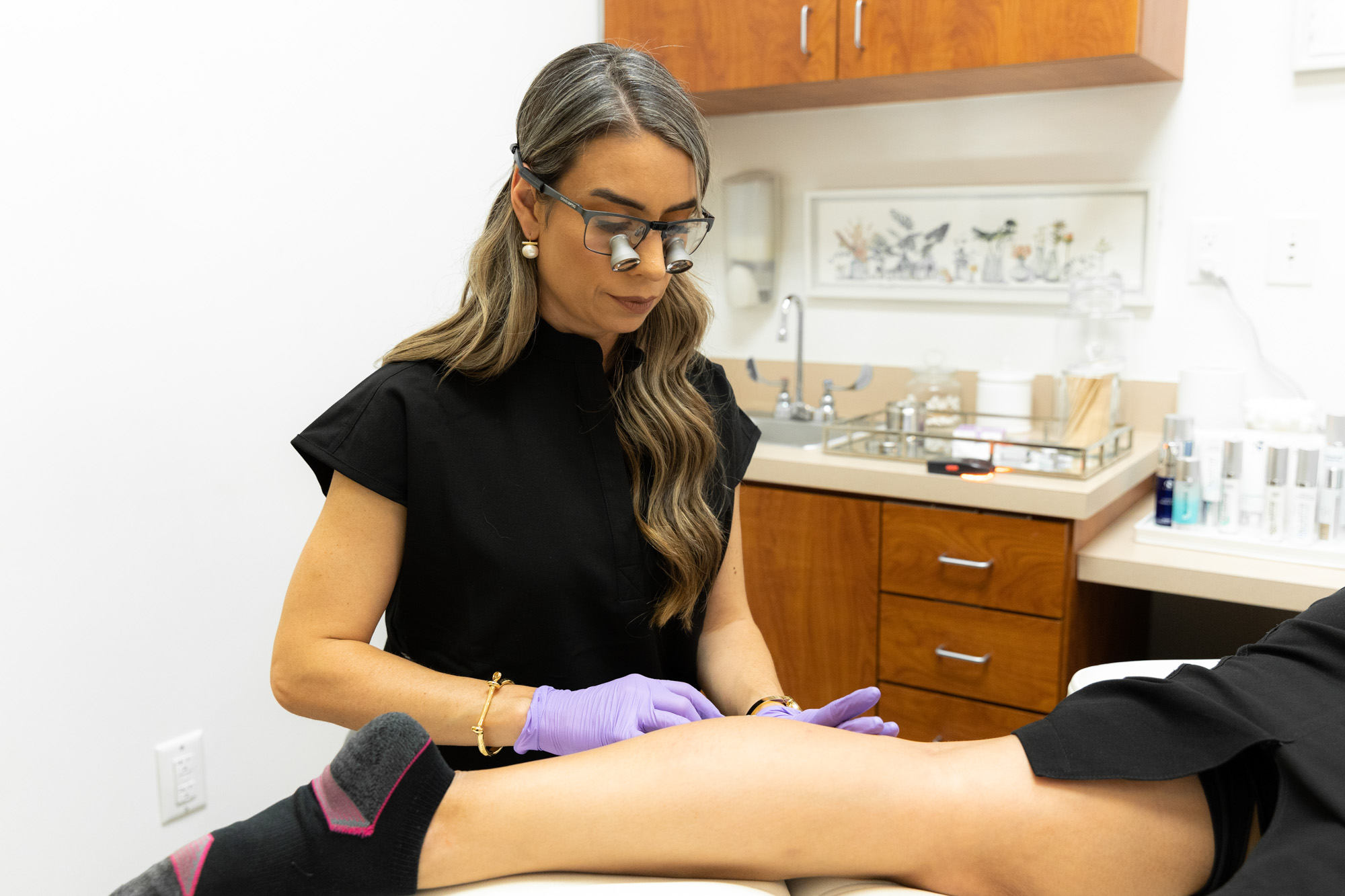
Sclerotherapy injections are a minimally invasive treatment that can entirely remove or fade spider veins. Performed by certified dermatologists at Lumina Vein & Aesthetic Institute, the procedure has your physician inject a safe chemical directly into the spider vein. The chemical irritates the lining of the vein, causing it to slowly close and seal off. Your body will naturally redirect the blood normally carried through the now-sealed vein, leaving you to live your life spider-vein-free!
Sclerotherapy in Windermere requires no anesthesia and usually takes between 20-40 minutes to complete. While you may experience some slight discomfort in the leg after treatment, once the procedure is over you can go about your day as normal.
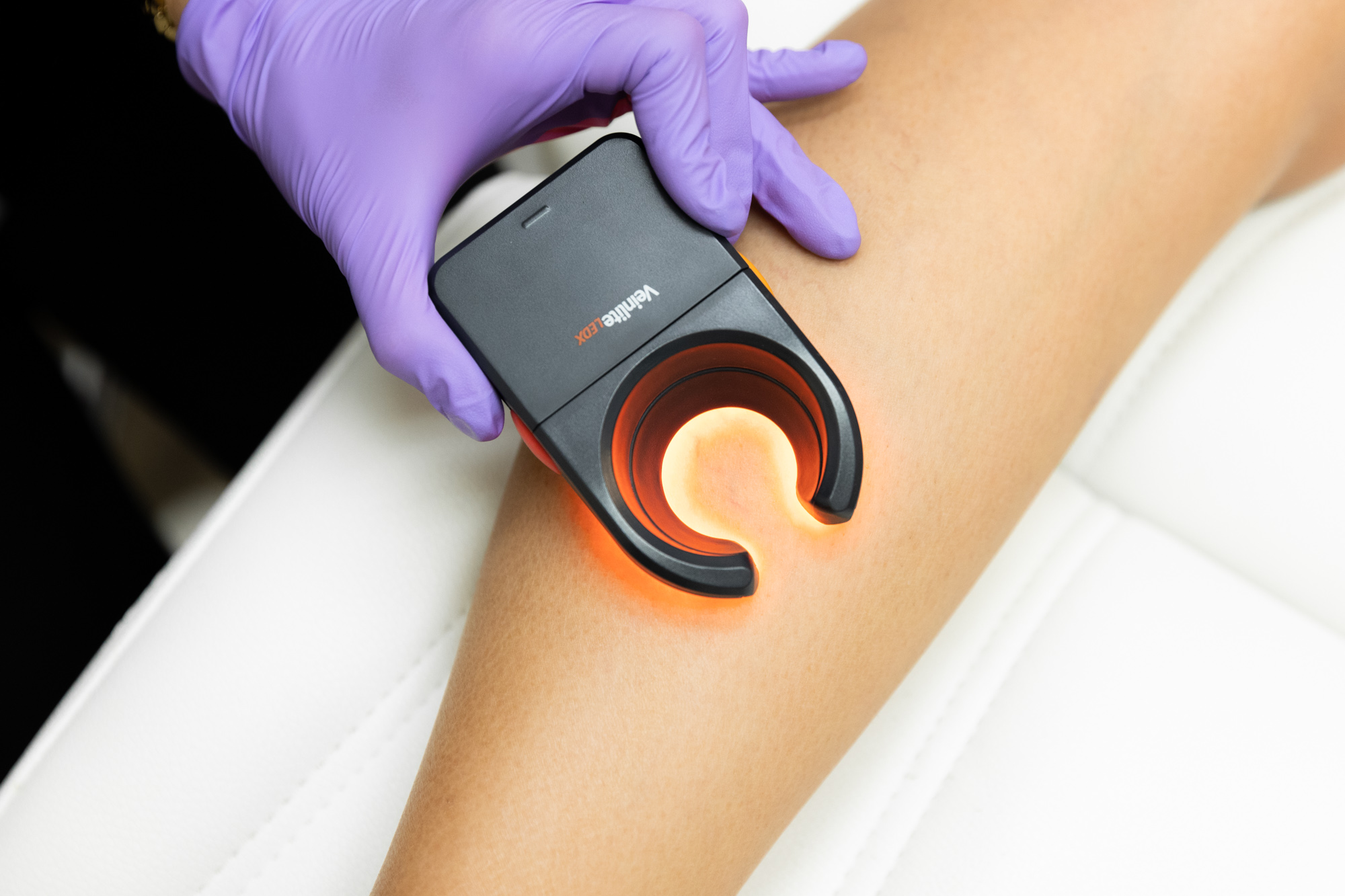
Before Your Treatment:
- Avoid tanning 2-3 weeks before your sclerotherapy treatment.
- Stop taking any NSAID medications (such as ibuprofen, Advil, Motrin), vitamin E, or herbal supplements that increase your chances of bruising within 48 hours of treatment.
- Depending on where you’re receiving treatment, wear light, breathable clothing or shorts.
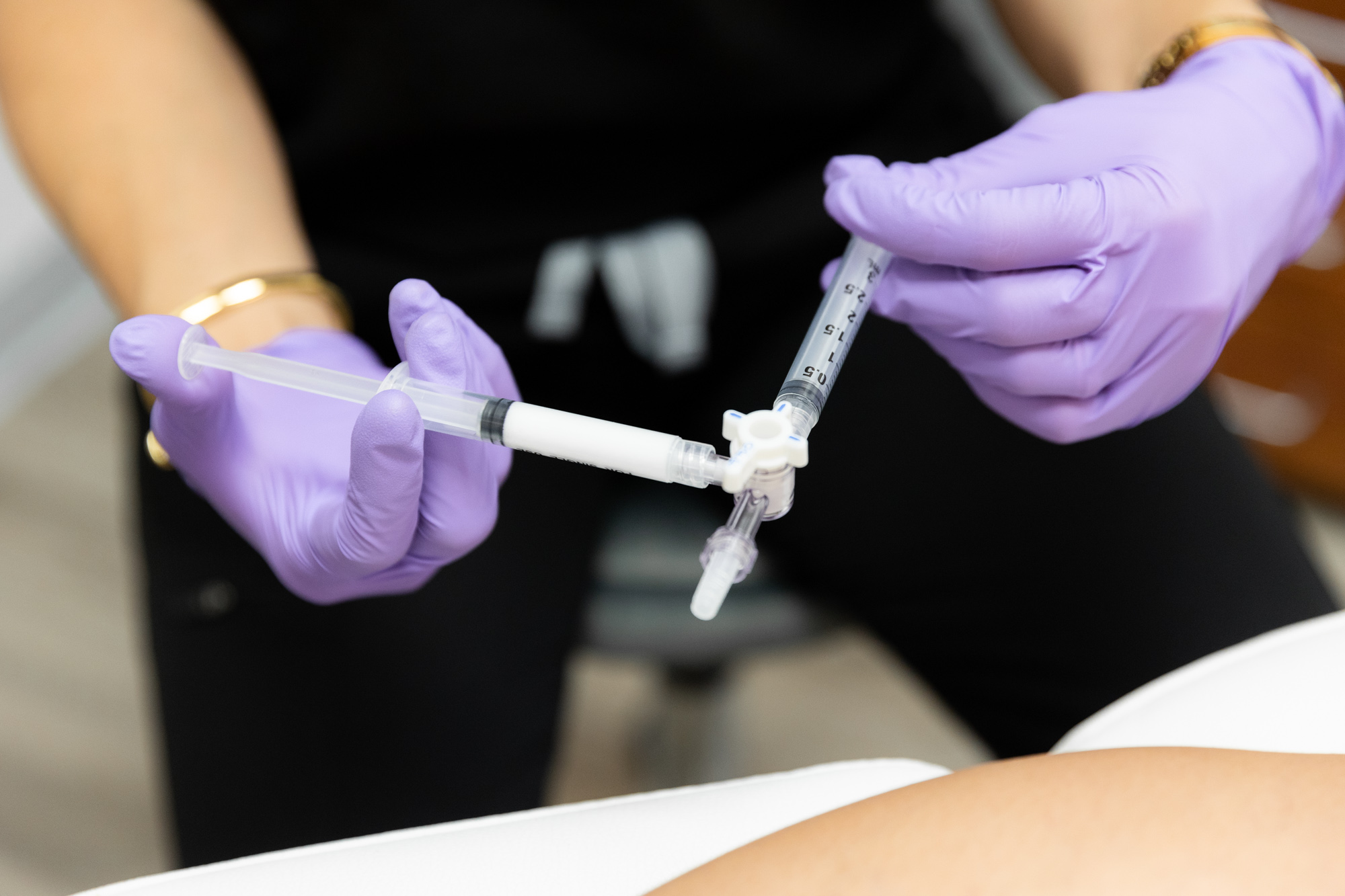
After Your Treatment:
- Walk around directly after treatment to improve results and minimize the chance of bruising or discoloration of blood vessels in the treatment area.
- Wear compression stockings after treatment. Depending on the area being treated, we recommend wearing them for up to 3 weeks.
- Consult your physician to determine your care timeline.
- For up to 72 hours after treatment, patients should avoid:
-
- Intense exercise
- Hot baths
- Saunas
- Prolonged sun exposure
- Flights
-
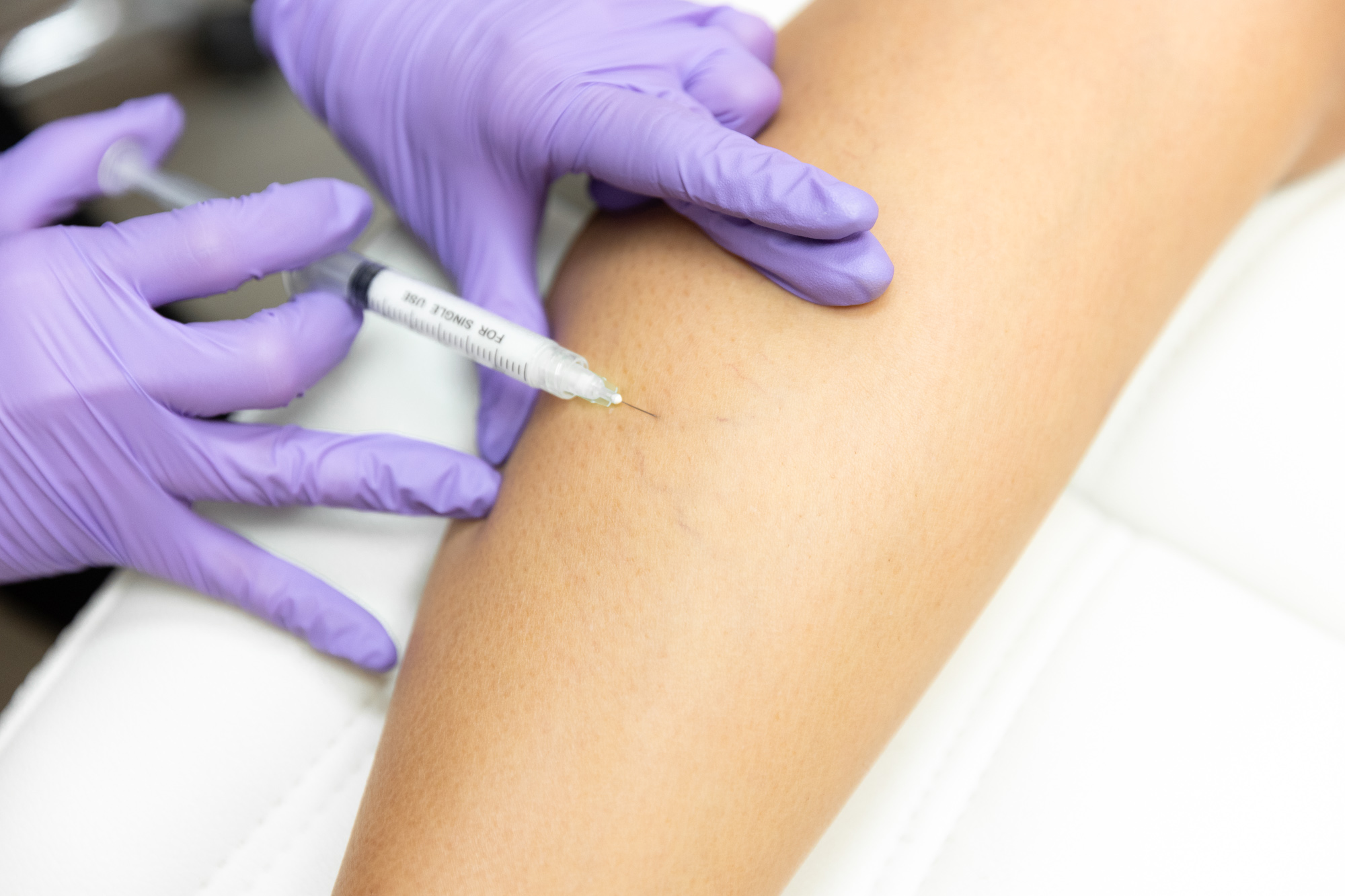
Frequently Asked Questions
Is sclerotherapy in Windermere safe?
Sclerotherapy, when performed appropriately by a specialist, is safe and effective. Common side effects are usually temporary and easily tolerated. These include itching, tenderness, skin bruising, and pigmentation, as well as the growth of fine vessels in the treated area.
If you are at all concerned, the team here at Lumina Vein & Aesthetic Institute are happy to talk you through the procedure. You can contact us to learn more about the treatment or receive an answer to any lingering questions you may have!
How long will it take before I see results?
When you will see results from sclerotherapy will depend on a variety of factors, namely:
The technique of injection
The type & strength of the solution used in sclerotherapy
The density and thickness of the vessels in a given area
The skin complexion of the patient.
In our experience, most spider veins disappear between 2 weeks and two months. Reticular veins may require more than one session to disappear.
You should immediately see a dermatologist if your skin has areas that grow or change shape and color, aggressively itch, or do not heal. In addition, you should see dermatologists in Windermere if you have areas that ooze fluid or blood, crust or clot over, and then ooze or bleed again, as well as any sore that doesn't heal after 2 two weeks.
Who isn't a good fit for sclerotherapy?
Nearly everyone is a good fit for sclerotherapy. There are some patients, however, who should either wait for treatment or pursue alternative treatment solutions to their spider veins. You should avoid leg vein sclerotherapy if you are bedridden, or cannot be physically active for whatever reason. You should also avoid sclerotherapy if you have a history of blood clots in the legs.
Pregnant women should not pursue sclerotherapy while pregnant or within 6 months after birth, as the risk to the baby during the pregnancy or to a woman's body during recovery isn't clearly understood.
Can lasers replace sclerotherapy?
Even compared with the best lasers, sclerotherapy is still the “gold standard” for the removal of leg spider veins. In fact, laser treatment ends up being a lot more painful than a comparable sclerotherapy treatment. Moreover, when it comes to leg spider veins, laser treatments are generally significantly less effective in getting predictable, reliable outcomes.
Should I wear compression socks after sclerotherapy in Windermere?
Yes, you should definitely wear compression socks after sclerotherapy treatments. For most vessels other than the tiniest leg spider veins, compression is believed to increase the effectiveness and safety of the procedure. Compression enhances the effectiveness of the procedure by keeping the treated and injured vessels compressed and preventing the trapping of blood in them. This improves recovery time and prevents blood clots from forming following treatment!
Is there a risk of skin pigmentation after sclerotherapy?
There is a risk of skin pigmentation, though that risk varies from patient to patient. The chance of developing brown staining (pigmentation) after sclerotherapy is anywhere from less than 1% to about 30%. It is dependent on several factors, like the skill and technique of the doctor, the nature and strength of the solution, the density, size, and depth of the vessels treated, as well as your skin complexion. Your physician will discuss the risks and likely outcomes of the treatment during your initial consultation and prior to the treatment.
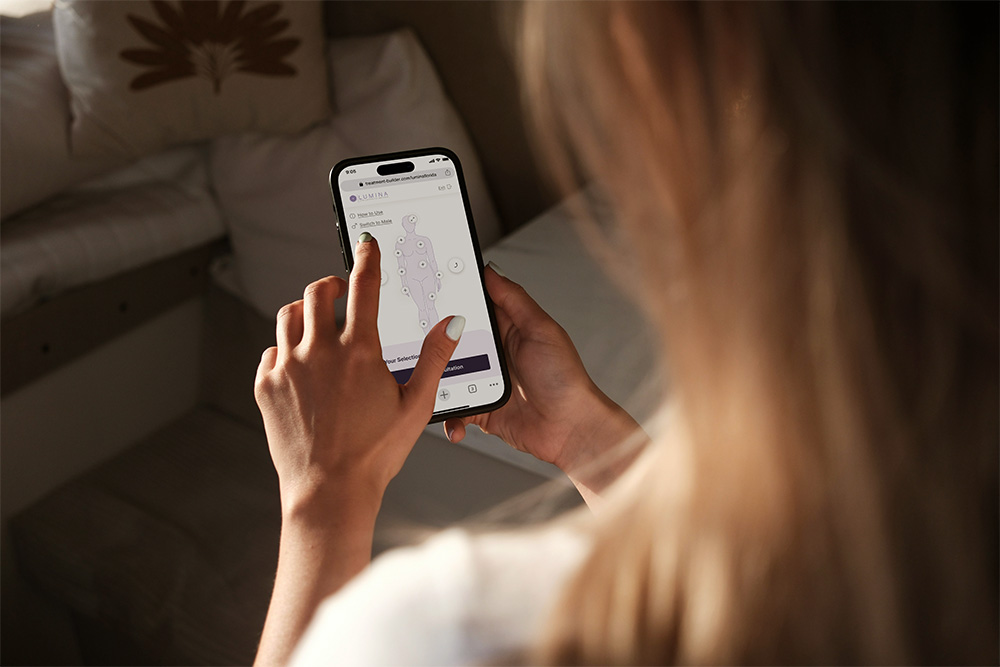
Get Started
Tell us more about what you need using our Virtual Consultation Tool. Simply input your concerns and we'll provide custom treatment recommendations for your unique needs.
Virtual Consultation
